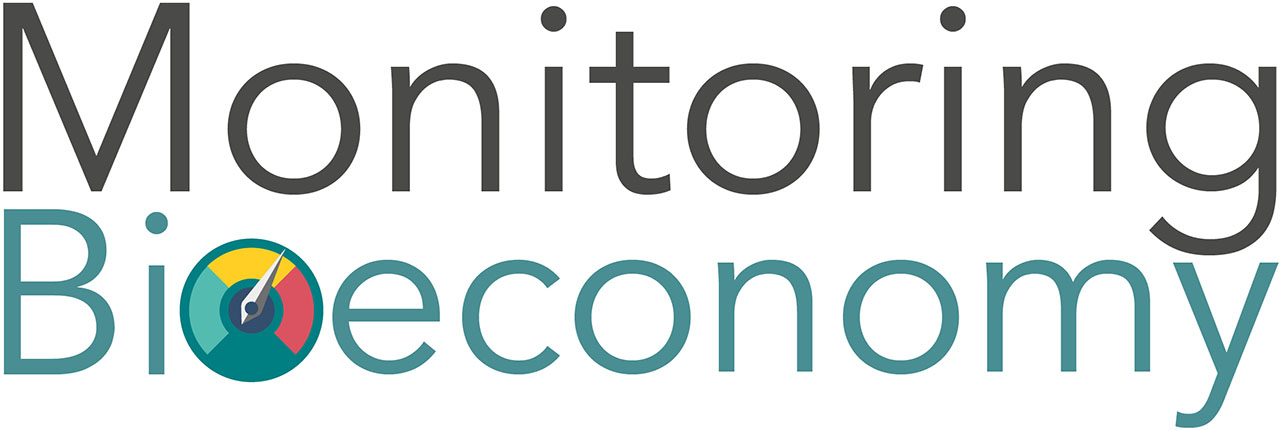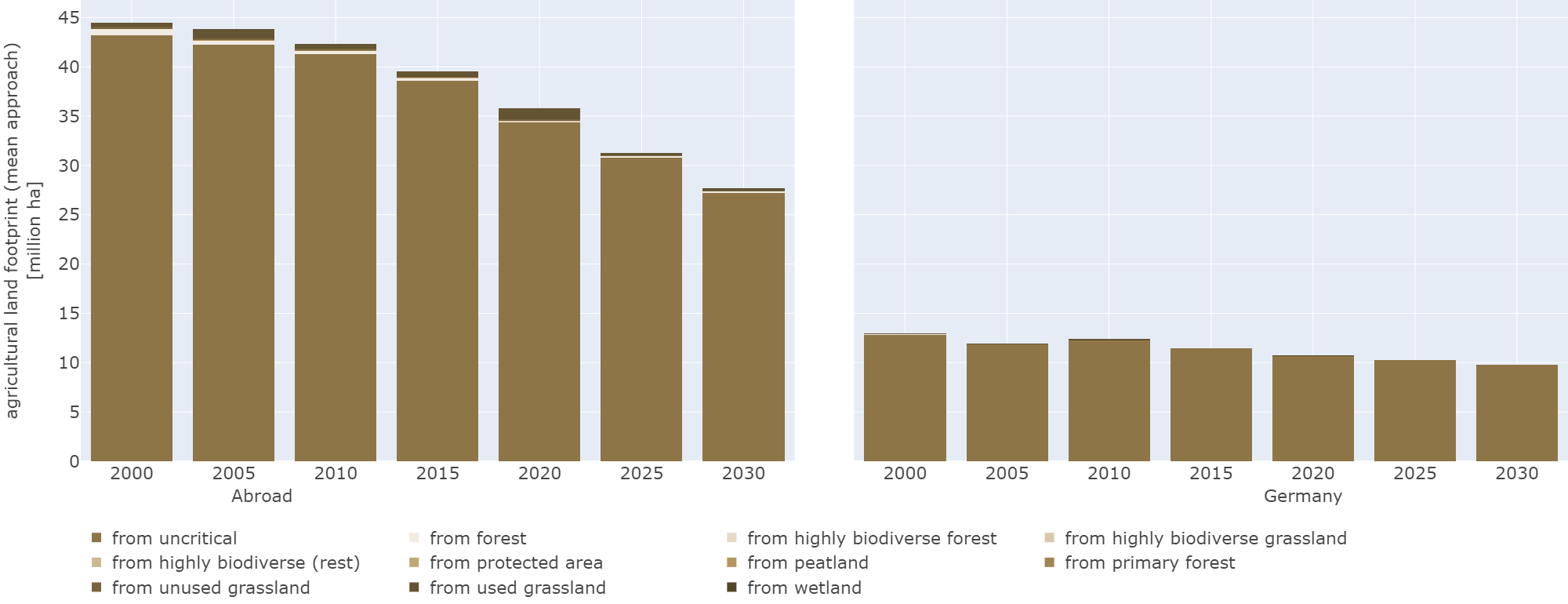Figure 1: Development of the global agricultural land footprint of German consumption. (left) Absolute land use abroad. (right) Absolute land use in Germany.
For the global agricultural land footprint related to German consumption of agricultural crops, the figure shows that land occupation abroad in 2005 is 43 million ha (16 million ha arable land, 27 million ha grassland), which is significantly higher than the land occupation of 12 million ha in Germany (another 4.7 million ha are occupied in Germany for export). Due to increasing yields in the exporting countries, the area under cultivation abroad is continuously decreasing. Thus, in the trend projection, land occupation in 2030 is 28 million ha (13 million ha arable land, 15 million ha grassland).
The global land conversion rate, which is related to consumption in Germany, was over 90 m²/year/person in 2005, higher than the global average of just under 40 m²/year/person. Converted risk areas are mainly grassland and forest, but also biodiverse land in smaller proportions. In the trend update, the global land conversion rate decreases to values below 1 m²/person in 2025 and 2030. This is because the increase in imports to Germany decreased and imports are expected to decrease from 2020. As a result, Germany will be allocated lower shares of land converted in the countries of origin. In contrast, the rate of land conversion domestically has been and continues to be very small. Until 2010, mainly utilized grassland was converted into arable land on a small scale.







